- News
- Subscribe
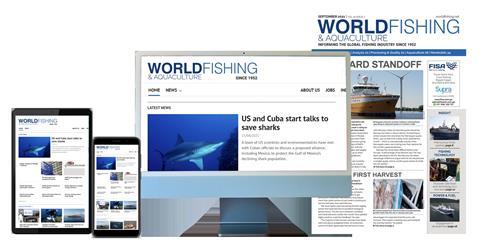
Get full access to World Fishing & Aquaculture content
Including the digital magazine, full news archive, special reports, webinars and articles on innovations and current trends in the commercial fishing and aquaculture industries.
- Expert analysis and comment
- Unlimited access to in-depth articles and premium content
- Full access to all our online archive
Alternatively REGISTER for website access and sign up for email alerts
- Industry Database
- Events
Icelandic Fisheries Exhibition
Fish Waste For Profit Conference
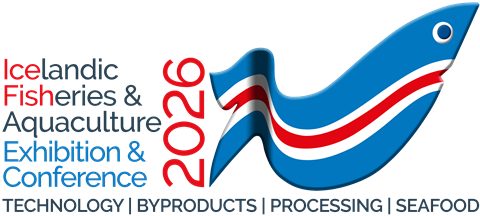

The largest commercial fishing exhibition in the North Maximise return on investment from potentially discarded parts of the catch Visit the IceFish Website Visit the Fish Waste for Profit Website
- Special Reports
By-Product Solutions
Smart, Connected Seafood Processing
Land-Based Aquaculture Technology
Greener Fishing
January-February 2025 March-April 2025 July-August 2025 November-December 2025 
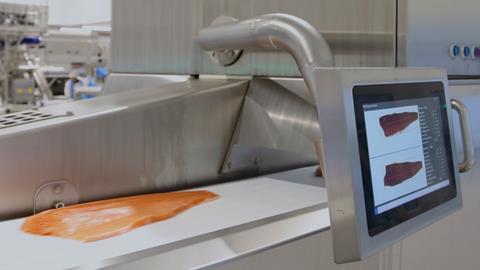
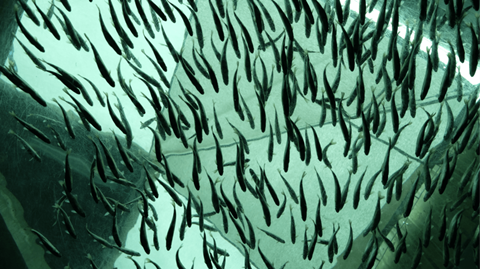
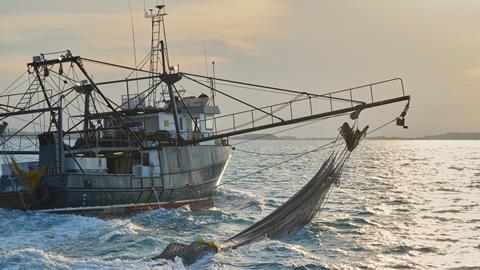
Cutting waste and maximising value Robotics, analytics software and other Industry 4.0 technologies are helping to scale-up productivity New production systems are escalating the industry’s contribution to global food security Fisheries are becoming increasingly responsible and sustainable thanks to new technologies and initiatives Read More Read More Read More Read More
Kazakhstan struggles to unlock its aquaculture potential

Despite some progress, the Central Asian country has fallen well short of its ambitious production targets
Despite some progress, the Central Asian country has fallen well short of its ambitious production targets, and while government has pledged more support to get the industry on track, state policy remains inconsistent and resources are limited.
The industry’s production performance has doubled since the Kazakh government embarked on a journey to expand the country’s aquaculture in 2020. In 2022, farmers manufactured 13,200 tonnes of fish and seafood – the highest figure in its post-Soviet history. But while these are positive developments, a number of complicated underlying issues remain.
Under the state development plan, Kazakh aquaculture production is aiming to reach 270,000 tonnes per year by 2030. In addition, to this, Kazakhstan is looking to become a net exporter of fish, with the plan to deliver some 300,000 tonnes of products to neighbouring country markets, and for aquaculture to account for the lion’s share of that volume.
However, when the programme was made public, local players said the goals were “unrealistic”. They cited numerous systemic problems, like a lack of necessary infrastructure, low per capita fish consumption, and the administrative barriers that have been discouraging potential investors.
The government’s production plan envisaged 2022’s output near quadrupling to reach 22,700 tonnes, and to achieve this, in recent years, numerous ponds and lakes across the country have been re-registered to run aquaculture farms instead of commercial fishing. This, observers, have noted has only resulted in the volumes being shifted from one fish industry segment to another.
Under the existing rules, the registration of a water body as an area of commercial fishing restricts its production potential, explained Anastasia Markova, an analyst with local publication Kursiv. She told WF that enterprises are only allowed to catch 30% of fish in the water body, even if they have stocked it by 100%.
The transition untied farmers’ hands, helping them to scale up operations and this has brought much of the recent growth, Markova said, but added that beyond this, the industry has made little progress.
Similarly, she said the expanding state aid is yet to make a difference, and amid the economic and regulatory challenges, farmers continue to find it difficult to make ends meet.
Continue this article…
Already subscribed? SIGN IN now

Register for a FREE one-month trial to continue this article
Want to read more before deciding on a subscription? It only takes a minute to sign up for a free account and you’ll get to enjoy:
- Weekly newsletters providing valuable news and information on the commercial fishing and aquaculture sector
- Full access to our news archive
- Live and archived webinars, podcasts and videos
- Articles on innovations and current trends in the commercial fishing industry
- Our extensive archive of data, research and intelligence
Get more free content sign up today
Ready to subscribe? Choose from one of our subscription packages for unlimited access!


